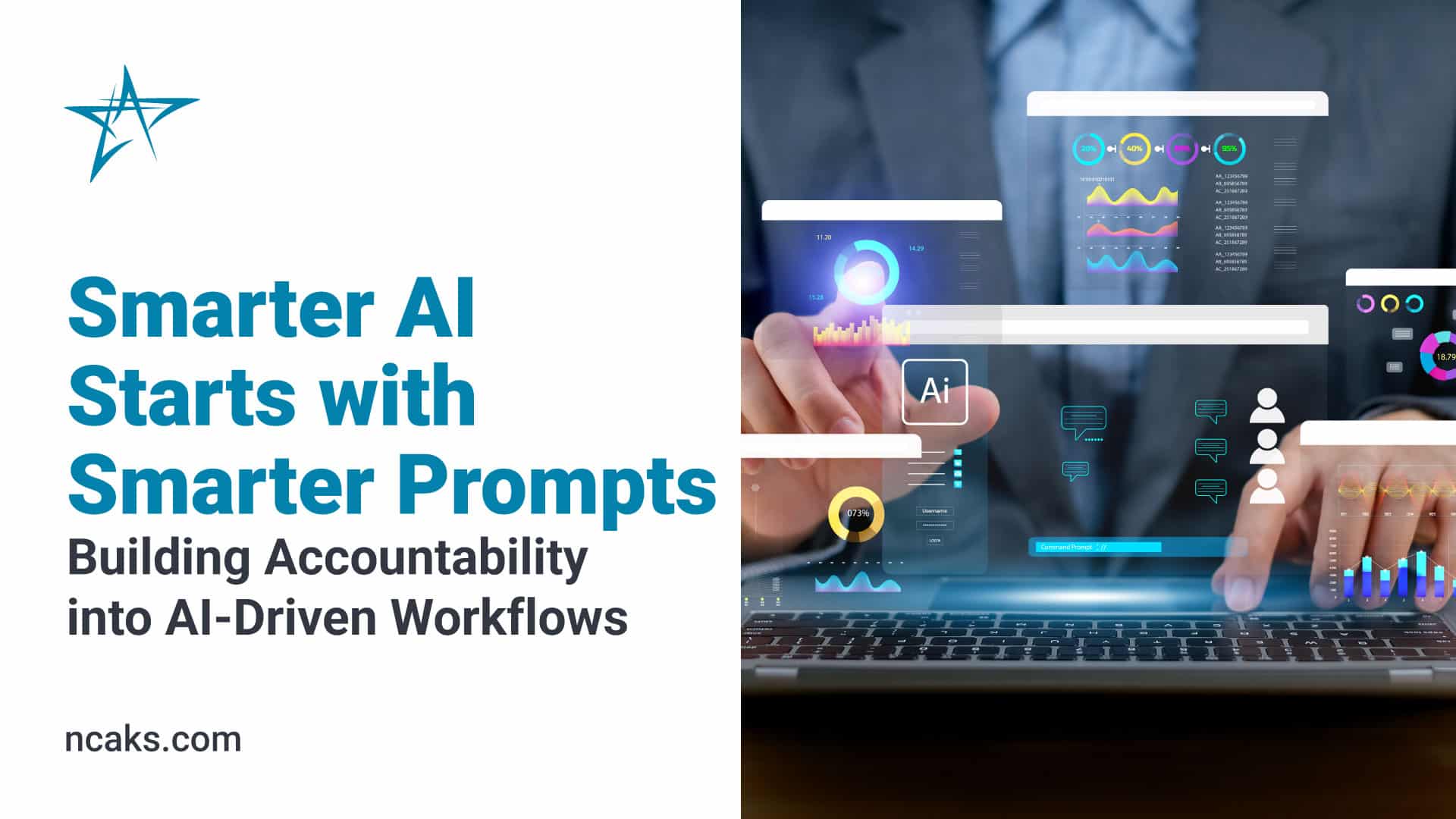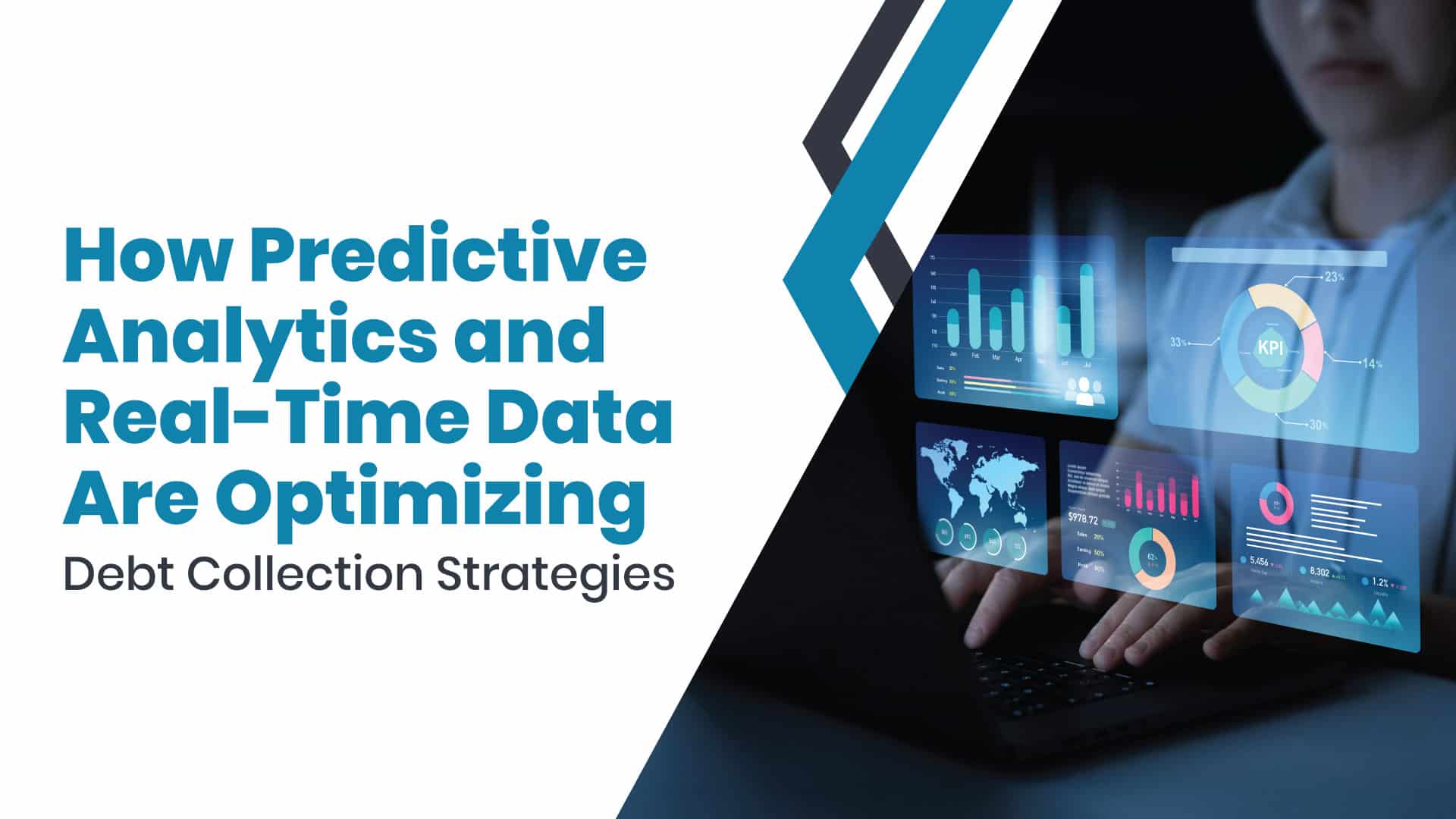Abstract
The evolution of AI in business has brought remarkable efficiencies—but it has also introduced new complexities around accuracy, validation, and control. This article explores the role of prompt engineering as a critical competency for operationalizing artificial intelligence. By rethinking our relationship with automation, we can harness AI not as a shortcut but as a tool that scales good decision-making with the right inputs.
Introduction: The Illusion of AI as an Answer Machine
In today’s digital-first business landscape, artificial intelligence has become synonymous with progress. Organizations across industries are rapidly integrating generative models into operations, customer service, content production, and compliance review. However, this excitement often comes with a flawed assumption: that AI delivers complete, accurate, and final answers without human intervention.
This mindset is not just inaccurate—it’s dangerous. By expecting AI to function as an oracle rather than a tool, businesses risk scaling misinformation, misclassifications, or compliance violations. The issue, however, isn’t necessarily with the models themselves. It’s with how we use them. Specifically, how we prompt them.
Prompt Engineering: The Skill Behind Every Successful AI Use Case
Prompt engineering is rapidly emerging as the core competency for AI practitioners. Contrary to popular belief, using AI effectively doesn’t begin with knowing what tool to use—it starts with knowing how to structure your question.
A well-engineered prompt includes several essential components: clear intent, relevant context, defined structure, and necessary constraints. These are the same elements we would offer to a junior analyst or intern. When left out, the result is often what many call “hallucinations”—confident, coherent, and completely incorrect outputs.
Understanding AI as a tool for logical deduction, not magical insight, is essential. Asking better questions doesn’t just improve the accuracy of results; it establishes a repeatable system for productivity and compliance.
From Intuition to Instruction: Making AI Work in the Real World
Much like financial software requires users to understand the accounting logic behind the interface, AI tools demand a foundational knowledge of how they interpret prompts. A story from Adam Parks’ high school accounting class has always stuck with me: a student once said, “QuickBooks does it for me.” The instructor replied, “Do you know what it’s doing—and whether it’s doing it right?”
This question applies equally to AI. Whether generating a legal document, summarizing case data, or responding to a consumer inquiry, we must know why the AI provided a certain output. Prompt engineering offers this level of transparency. It helps users audit the logic that led to a given response, making it possible to spot errors early and improve performance over time.
The Efficiency Myth: AI Doesn’t Replace Thinking
Artificial intelligence should accelerate clarity, not obscure it. One of the most persistent misconceptions is that AI reduces the need for human oversight. In reality, AI only works as well as the thought process behind the prompt.
Treating AI like a team of interns provides a helpful analogy. They can process large volumes of information, respond quickly, and take direction—but they also need supervision. You wouldn’t hand a critical legal filing to an intern without review. The same should apply to AI-generated content or decisions.
This framing shifts the conversation from “how can AI save us time?” to “how can we use AI to scale what already works well?” It reintroduces accountability into the automation process, ensuring that speed doesn’t come at the cost of accuracy.
Data Privacy and Model Training: Who Owns Your Inputs?
A significant but often overlooked risk in AI adoption involves data governance. Many teams leverage free or public tools without realizing the data they input may be used to train external models.
“If you’re not paying for the product, you are the product” is more than a pithy saying—it’s a strategic risk. Proprietary documents, consumer data, and legal reasoning fed into a free AI tool may inadvertently become part of a shared training set. This undermines confidentiality and opens organizations to downstream compliance issues.
The solution isn’t to avoid AI. It’s to understand the difference between sandboxed, privacy-compliant models and open-access platforms. Paid, enterprise-grade AI solutions with segmented architecture can offer the benefits of automation without sacrificing data integrity.
Toward an AI-Literate Workforce: Training, Tools, and Trust
To fully operationalize AI, organizations must move beyond experimentation and into education. Training staff on prompt engineering isn’t a luxury—it’s a necessity. These skills should be treated like digital literacy, embedded into onboarding, professional development, and performance review processes.
Furthermore, building internal libraries of tested prompts, examples, and use cases can dramatically reduce friction across departments. It creates consistency, accelerates onboarding, and improves cross-functional collaboration.
Just as templates and SOPs guide complex workstreams today, prompt templates will define tomorrow’s AI-enhanced workflows.
Conclusion: AI Works at the Speed of Your Questions
As we move deeper into the age of generative AI, one truth becomes clear: outcomes improve when inputs improve. Prompt engineering is the lever that transforms AI from an experimental feature into a strategic asset.
By treating AI like a junior team member—useful but not autonomous—we introduce accountability, transparency, and process discipline. We stop looking for AI to think for us and instead start building systems where AI can think with us.
And when we do that, we don’t just work faster. We work smarter.
Author Bio
John Nokes is the Chief Information Officer at National Credit Adjusters, a leader in receivables management solutions. With a background in operations and technology, John focuses on applying scalable AI strategies to improve compliance, efficiency, and performance across the debt collection ecosystem.




